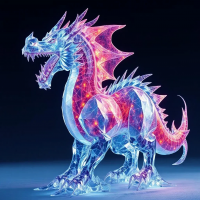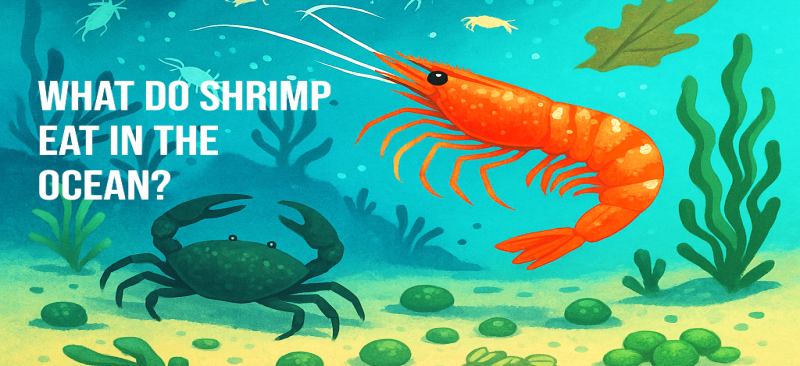What Do Red-Clawed Crabs Eat? Exploring Their Diet and Habitat

Strong 8k brings an ultra-HD IPTV experience to your living room and your pocket.
What Do Red-Clawed Crabs Eat? Their Diet and Habitat
Red-clawed crabs, scientifically known as *Perisesarma bidens*, are fascinating creatures that have gained popularity among aquarium enthusiasts. Native to the mangrove forests and estuaries of Southeast Asia, particularly around countries like Indonesia, Malaysia, and Thailand, these crabs are not only notable for their striking appearance—with vibrant red claws—but also for their interesting dietary habits. In this blog post, we'll dive into what red-clawed crabs eat and shed some light on their natural habitat.
Read Complete Insights ..
Diet of Red-Clawed Crabs
Understanding the dietary preferences of red-clawed crabs is essential for anyone looking to keep them in captivity. In their natural environment, these crabs are omnivorous scavengers. Their diet typically consists of the following components:
1. **Plant Matter**: Red-clawed crabs enjoy a variety of plant-based foods, including algae, detritus, and decaying leaves. These crabs often forage along the mangrove floor, feeding on decomposing organic material, which plays a vital role in their nutritional intake.
2. **Meat and Protein Sources**: While plant matter is crucial, red-clawed crabs are also known to consume protein-rich foods. This includes small invertebrates, fish, and crustaceans. In captivity, they can be fed a variety of proteins such as shrimp, fish flakes, and even boiled eggs.
3. **Commercial Foods**: Many aquarists provide high-quality commercial crab and shrimp foods that are formulated to meet the dietary needs of these crustaceans. These specialized pellets typically contain a balanced mix of proteins, vitamins, and minerals that can support growth and health.
4. **Fresh Fruits and Vegetables**: Red-clawed crabs can benefit from a diet that includes small pieces of fresh fruits and vegetables. Favorites include cucumbers, carrots, and leafy greens. It’s essential to ensure that these are introduced gradually and not left to rot in the tank.
5. **Supplemental Calcium**: As with many crustaceans, calcium is crucial for red-clawed crabs, especially for their shell development. Providing cuttlebone or crushed coral can aid in ensuring they get the required calcium.
Habitat of Red-Clawed Crabs
The natural habitat of red-clawed crabs plays a significant role in their behavior and dietary habits. These crabs are typically found in:
- **Mangrove Forests**: Red-clawed crabs thrive in the intertidal zones of mangrove ecosystems. They prefer areas that offer both land and water, allowing them to forage for food while also having refuge from predators.
- **Brackish Water**: They are accustomed to a mix of freshwater and saltwater environments. The water salinity levels in their habitat can vary, but they generally prefer brackish water conditions.
- **Sheltered Areas**: These crabs often seek shelter in crevices, under rocks, or between roots of mangrove trees. Such environments not only provide protection from potential predators but also from strong currents and waves.
Care Tips for Captive Red-Clawed Crabs
If you decide to have red-clawed crabs in your aquarium, it's essential to replicate their natural habitat to keep them healthy. Here are a few tips:
- **Tank Setup**: A tank that mimics a shoreline or a brackish environment is ideal. Include rocks, driftwood, and plants to provide climbing opportunities and hiding spots.
- **Water Quality**: Regularly check the water parameters—pH, salinity, and temperature—to ensure they are suitable for your crabs.
- **Diet Diversity**: A varied diet that includes both plant matter and protein will help keep your crabs healthy and active.
Red-clawed crabs are a captivating addition to any tank, and understanding their dietary and habitat needs is crucial to their care. With the right environment and feeding regimen, you can enjoy observing these unique creatures thrive.
Whether you have a passion for aquascaping or just want to learn more about the incredible world of crustaceans, caring for red-clawed crabs can be an incredibly rewarding experience!
Note: IndiBlogHub features both user-submitted and editorial content. We do not verify third-party contributions. Read our Disclaimer and Privacy Policyfor details.




